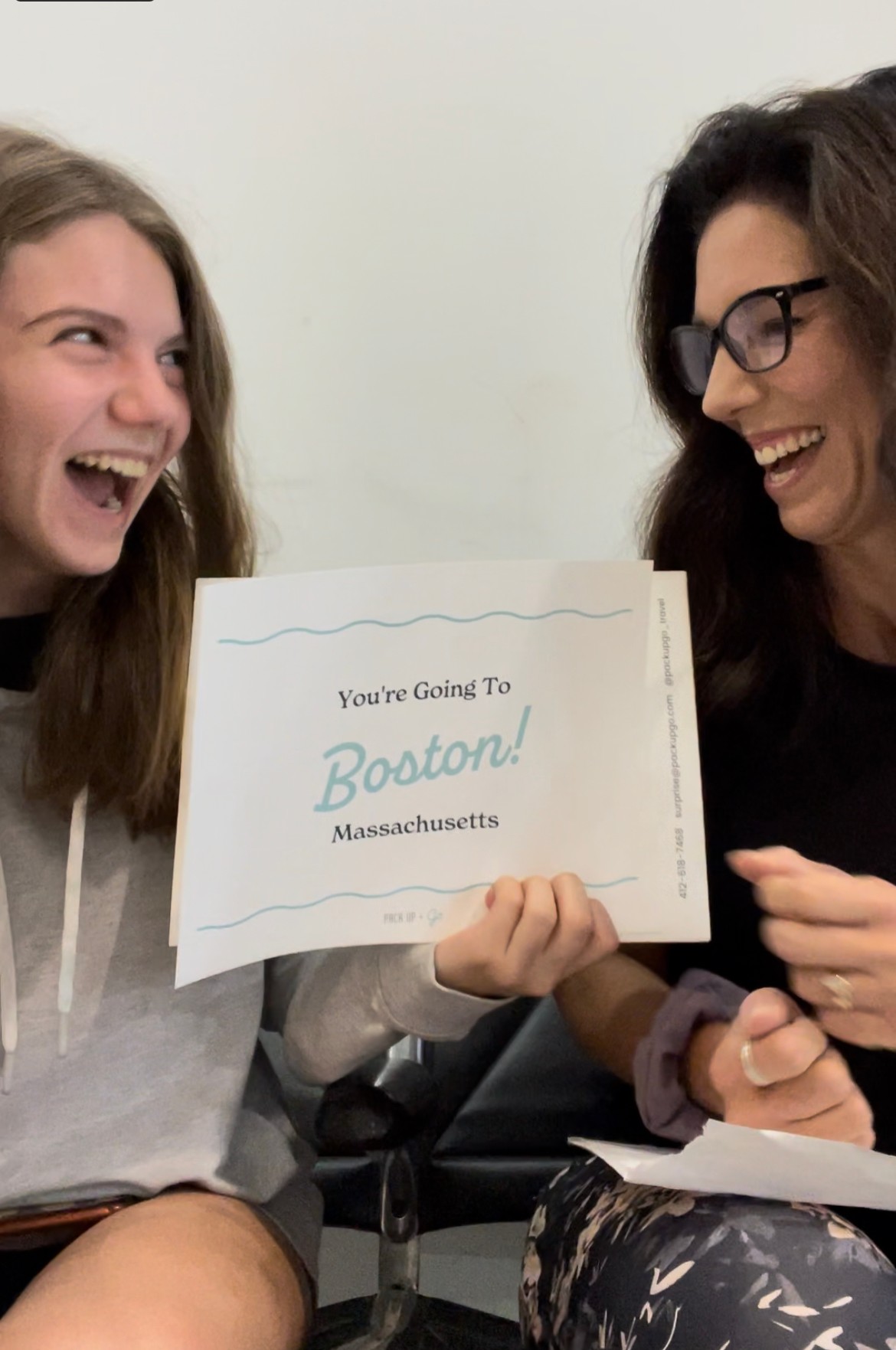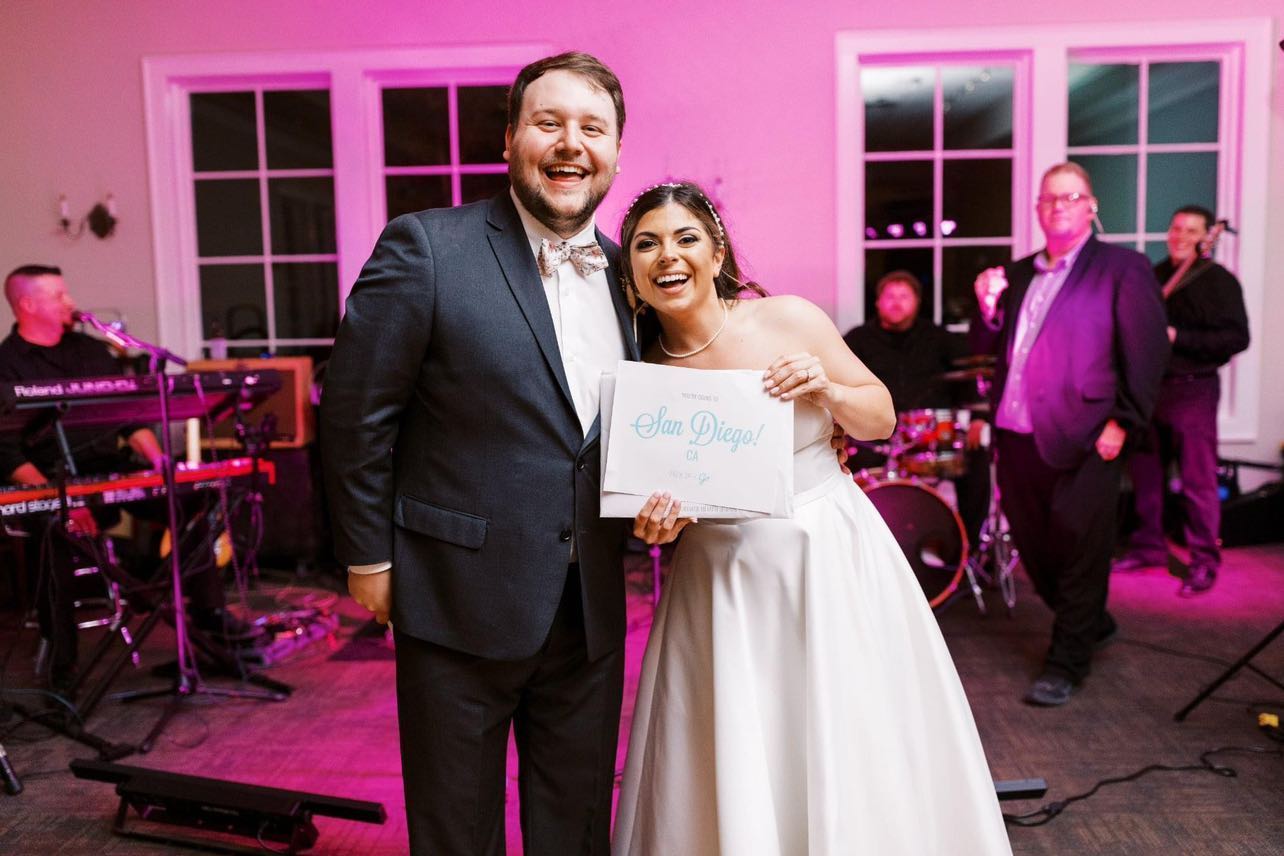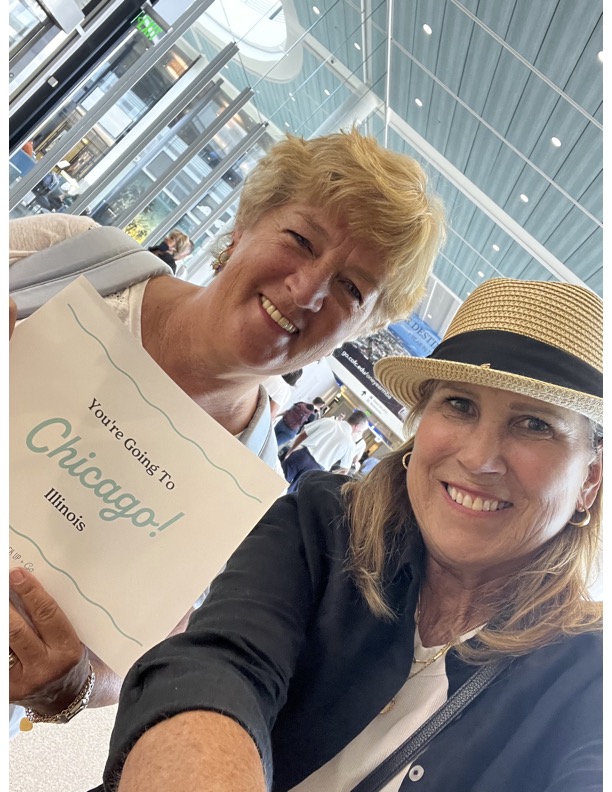We caught up with the brilliant and insightful Lillian Rafson a few weeks ago and have shared our conversation below.
Lillian, looking forward to hearing all of your stories today. Coming up with the idea is so exciting, but then comes the hard part – executing. Too often the media ignores the execution part and goes from idea to success, skipping over the nitty, gritty details of executing in the early days. We think that’s a disservice both to the entrepreneurs who built something amazing as well as the public who isn’t getting a realistic picture of what it takes to succeed. So, we’d really appreciate if you could open up about your execution story – how did you go from idea to execution?
Pack Up + Go started with a lightbulb moment. I was twenty-three years old, had quit my job at a startup in New York, and was traveling solo around Eastern Europe hoping I’d have a spark of inspiration and discover what I wanted to do with my life. I was in the lobby of my hostel in Latvia when I heard about the concept of “surprise travel,” which had already taken root in Europe. Within seconds, a flurry of thoughts swirled around my head:
– How was it that I had traveled to more countries than states in the U.S.?
– How had I traveled all the way to Riga, Latvia but had never been to Philadelphia…even though I grew up in Pittsburgh?
– What constitutes a ‘travel destination,’ and why do so many amazing cities get overlooked for places we see everyone else traveling?
I knew immediately that this was a business model I wanted to bring to the United States. I emailed my parents to tell them I was moving home to Pittsburgh and was going to become a travel agent.
At the end of my trip, I flew back to Pittsburgh and got to work. I decided to bootstrap the company and treat it like a small business, so I kept things simple. I built a website on Squarespace, I used Google Drive for organization, and set up my QuickBooks account. From there, I started to post on social media and tried to spread the word however I could. Without any experience, connections in the industry, and no budget for PR or marketing, this proved difficult. A few months after moving home, I applied for a local pitch competition, which I ended up winning. This led to a little bit of local press, which helped me gain some desperately needed traction, legitimacy, and encouragement to keep going. Eventually, a reporter for Business Insider caught wind of an interview I did on a Pittsburgh radio station and picked up the story. Their article went viral, and it was off to the races!
For the next two years, I worked nonstop to plan every single trip, do research for every destination, and singlehandedly provide 24/7 customer service. It was a grueling time, but incredibly energizing seeing my vision come to life. Because I wore every hat, I learned how to deliver the traveler experience I dreamed of, and built the foundation that allowed Pack Up + Go to grow into the company it is today.

As always, we appreciate you sharing your insights and we’ve got a few more questions for you, but before we get to all of that can you take a minute to introduce yourself and give our readers some of your back background and context?
I’m Lillian Rafson, the Founder + CEO of Pack Up + Go. We’re a travel agency that plans getaways around the United States. The catch? Our travelers don’t discover their destination until the day they depart! Since 2016, we’ve sent over 45,000 travelers to 300 destinations around the country. Travelers set their budget + travel dates, then complete our pre-trip survey to tell us their travel history, hobbies + interests, and anything else we need to plan their perfect vacation. One of our in-house travel planners then matches them to a destination and plans out their entire vacation – without telling them where they’re going! A week before departure, we email the travelers the weather forecast, packing tips, and where to go + when for their departure. They then receive a physical envelope in the mail, which they’re encouraged to keep sealed until the day of departure. Travelers arrive at the airport, open their envelope to discover their destination, and they’re off! We also provide 24/7 in-house traveler support in case anything comes up before, during, or after their trip. We want this to be the easiest – and most exciting! – trip our travelers ever take.
I come from a family of small business owners – both of my parents, both of my siblings, and all four of my grandparents started small businesses. I feel incredibly fortunate that I was exposed to entrepreneurship from a young age. Even though I never intended to become an entrepreneur, having this non-traditional path modeled for me made it a lot less intimidating when I decided to start Pack Up + Go in my early twenties! My whole family was incredibly supportive from day one.
Because I know firsthand how hard it is to run a company, showcasing + supporting other small businesses has always been a priority for me. Each Pack Up + Go trip receives curated local recommendations for the best places to eat, shop, and sightsee in their destination, and we have directly supported thousands of small businesses nationwide through our travelers, 20% of which are women + minority owned. I’m immensely proud of so much that the company has done, but knowing that we are funneling tourism dollars to these small businesses who need it most brings me so much joy!

Do you have multiple revenue streams – if so, can you talk to us about those streams and how your developed them?
At Pack Up + Go, we have always had two primary streams of revenue: a trip planning service fee paid by our travelers, and commission paid by hotels.
Until 2020, we also worked with third-party travel insurance companies who paid a small commission when our travelers purchased their trip protection. This would cover lost travel costs in instances of a death in the family, medical emergency, or similar issues. Offering this third-party insurance worked well until the pandemic hit, all of our travelers’ trips were cancelled, and travel insurance providers failed to offer refunds. It was an unbelievably frustrating experience for our team and our travelers, and not at all representative of our first core value: hold the traveler experience above all else.
In trying to figure out how to deliver a better experience for our travelers who needed flexibility for their plans, we developed a new stream of revenue: Peace of Mind Refund Assurance. Peace of Mind is our in-house travel protection offering, which provides Pack Up + Go travelers guaranteed cash refunds if they need to cancel their trip for any reason, up until the day of departure. We know that plans change and things come up, and we want to ensure our travelers have the flexibility they need. Peace of Mind Refund Assurance also helps when there are bumps in the road on a trip. For example, if a traveler’s flight home is cancelled and they need an airport hotel, Peace of Mind will cover that expense so travelers don’t have to pay out of pocket.
I’m proud that we were able to create a product that:
– Provides a service that makes our travelers’ Pack Up + Go trip even more seamless
– Empowers our team to help our travelers without any hassles or the paperwork involved with travel insurance offerings
– Strengthens our revenue model
It’s truly a win/win for everyone!

What’s a lesson you had to unlearn and what’s the backstory?
Bigger is not always better.
For years, Pack Up + Go experienced massive annual growth, and we frequently found ourselves scrambling to keep up with demand – the best possible problem for a small, bootstrapped business to have! Plus, this seemingly never-ending growth generated a lot of positive attention and press, and I found my business on lists of the fastest-growing companies, winning awards, and I expanded the team like crazy. We took our profits and reinvested in proprietary tech that worked to enhance our traveler experience, and our traveler satisfaction was higher than ever before. For a long time, this felt like every founder’s dream – positive external reinforcement, a motivated team buoyed by momentum, and a Net Promoter Score of 94. What could possibly go wrong?!
Then, the post-pandemic travel boom slowed down, inflation went up, and consumers began cutting back on domestic leisure travel. It was only when new bookings slowed that I realized I had been too focused on top-line revenue, instead of building a team structure that could expand and contract with demand. We began to operate at a loss, and I realized I needed to make a change. It was a very scary and stressful time, especially because I had never navigated this type of hardship as a leader. But if Pack Up + Go was going to survive, restructuring the company was my only option. I felt helpless, and I found myself going back to my original business plan to figure out a path forward.
In revisiting my business plan from 2016, I realized I had strayed pretty far from my original vision for the company. Yes, we achieved the goal of spreading the economic benefits of tourism to lesser-visited destinations, and I was immensely proud of the technology we built to enhance our traveler experience. But, my dream had always been to run a small business where I was close to the daily operations. Instead, I found myself at the helm of a travel tech company positioned as a high-growth startup. However, there was one major distinction between Pack Up + Go and a high-growth travel tech startup: we didn’t have investors or capital investment. And we couldn’t afford to operate at a loss. Plus, the constant growth was starting to drain me, and it took me away from what I truly loved – working with a small team that planned incredible surprise vacations. It took some time, but I began the process of reorienting Pack Up + Go towards my original vision.
Now that we have gone through a transition back to operating as a profitable small business, I have come to realize that bigger is not always better, and that there are two metrics that matter more than any others for small businesses:
1. Profitability
2. Customer satisfaction
You can’t sustain a profitable business if your customers aren’t happy. And even if you have astronomically high satisfaction rates, you need to be profitable to stay in business.
My focus is now on building a profitable, sustainable small business that delivers an exceptional experience to our travelers, instead of trying to live up to others’ expectations of endless growth. It has been a tough lesson to learn, but a pivotal one for my growth as a leader and the future of my business.
Contact Info:
- Website: https://packupgo.com
- Instagram: packupgo_travel
- Facebook: packupgo
- Linkedin: https://www.linkedin.com/in/lillian-rafson/
- Other: TikTok: @packupgo_travel





